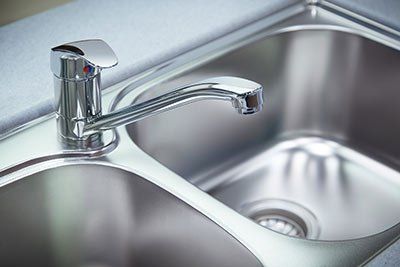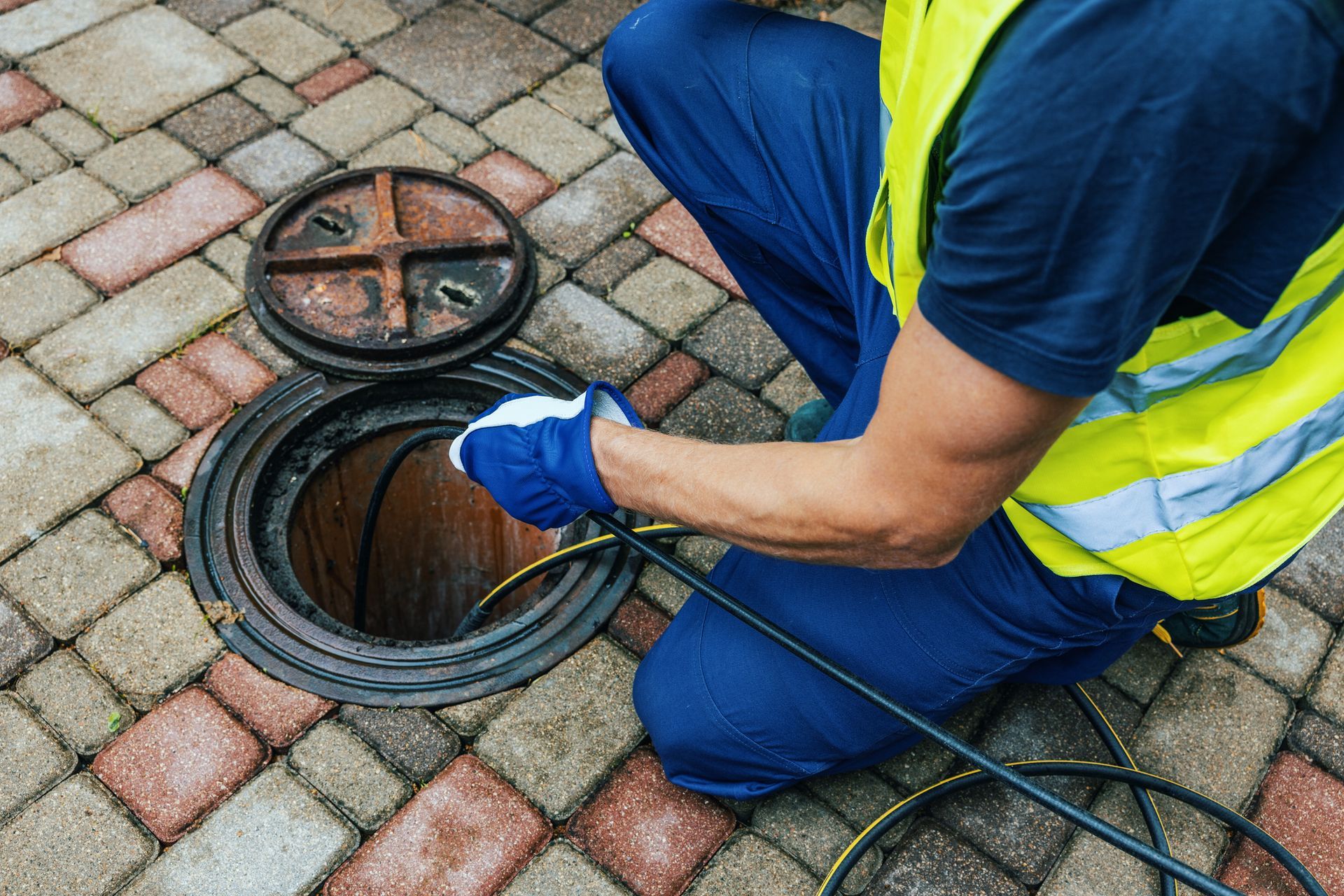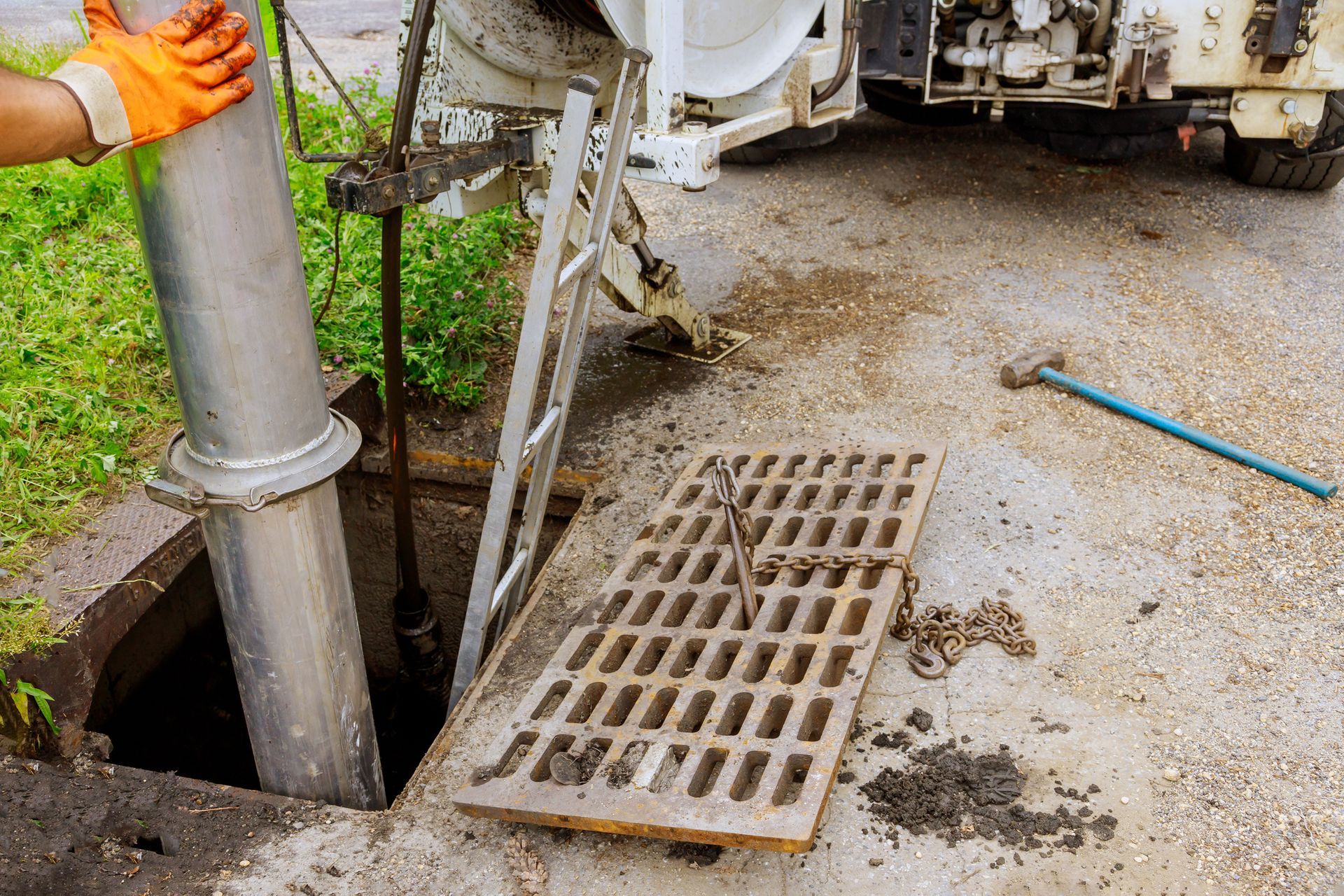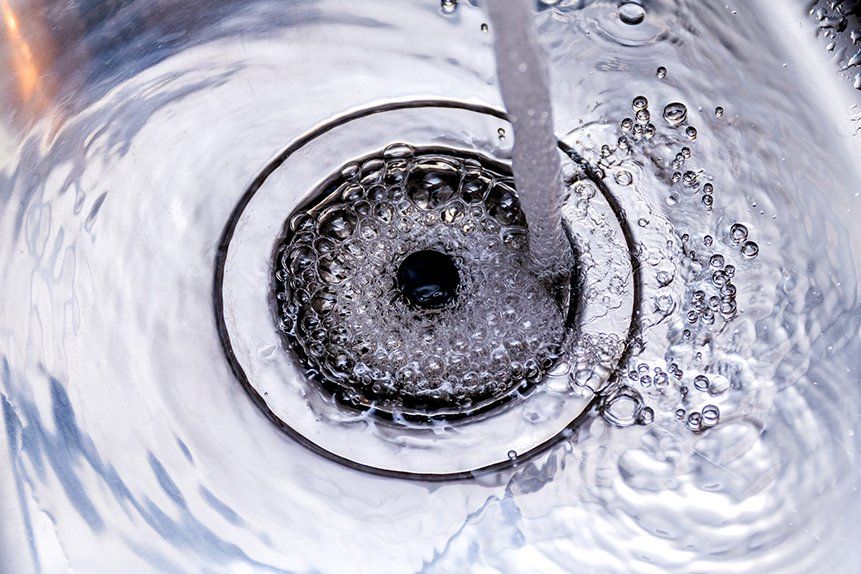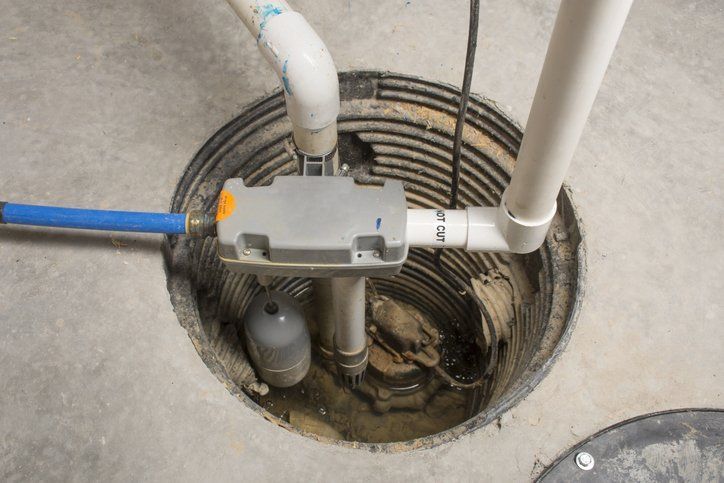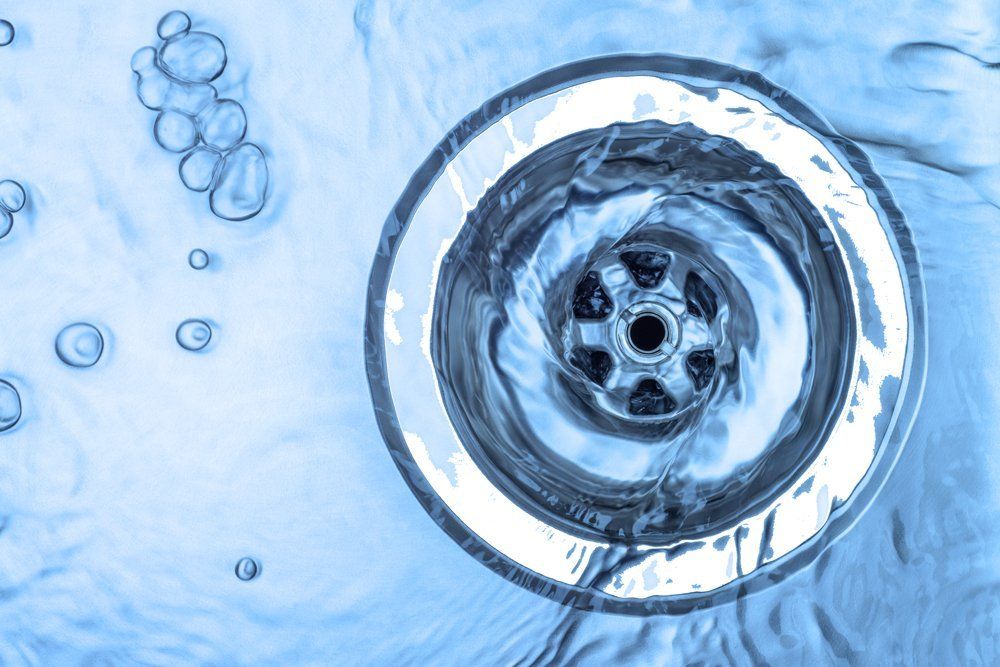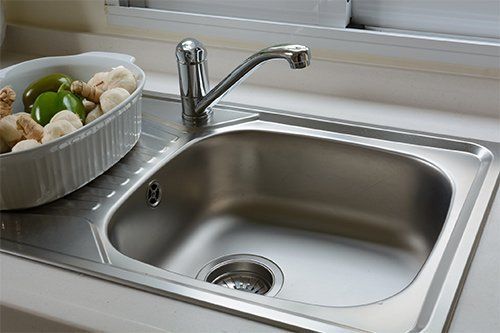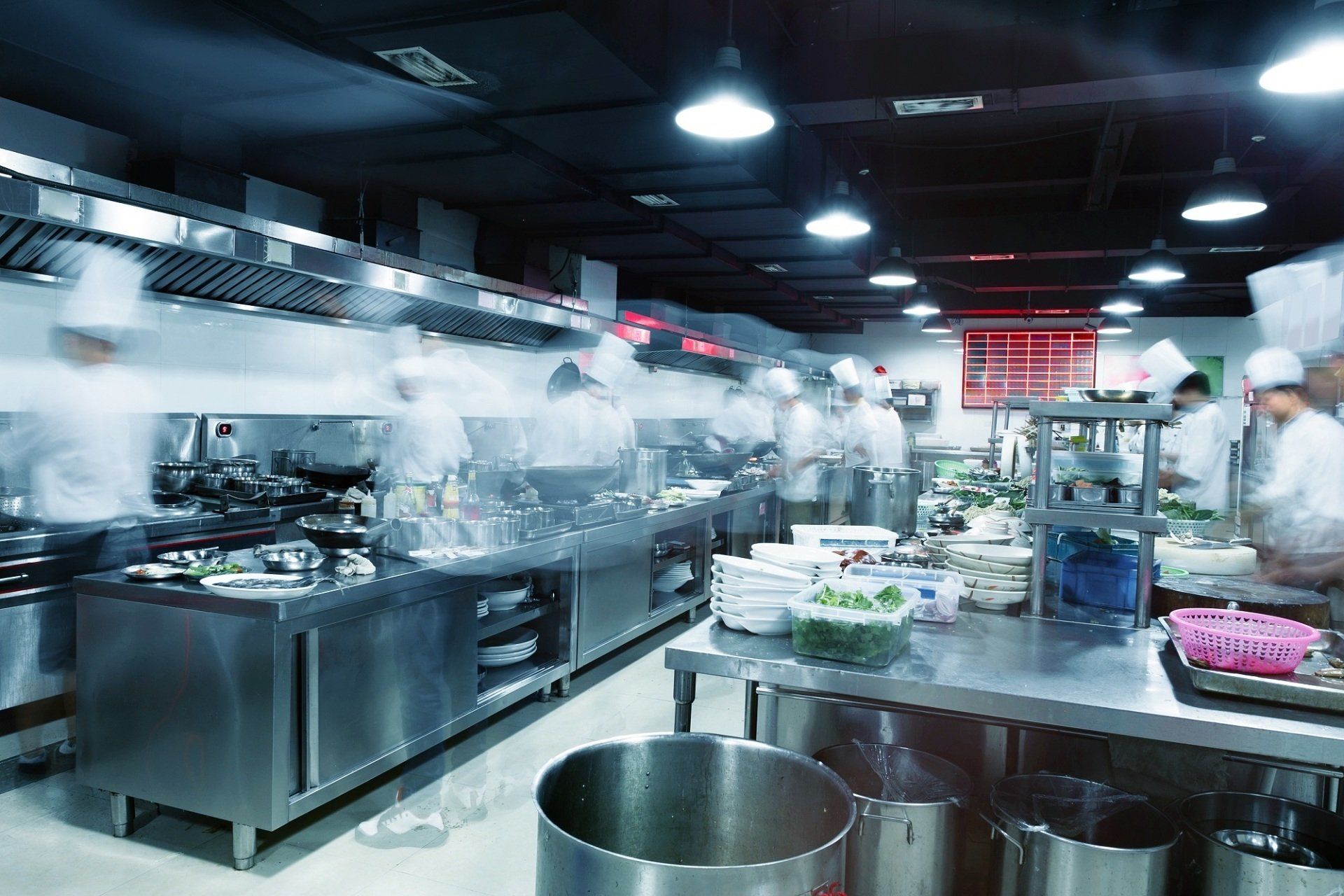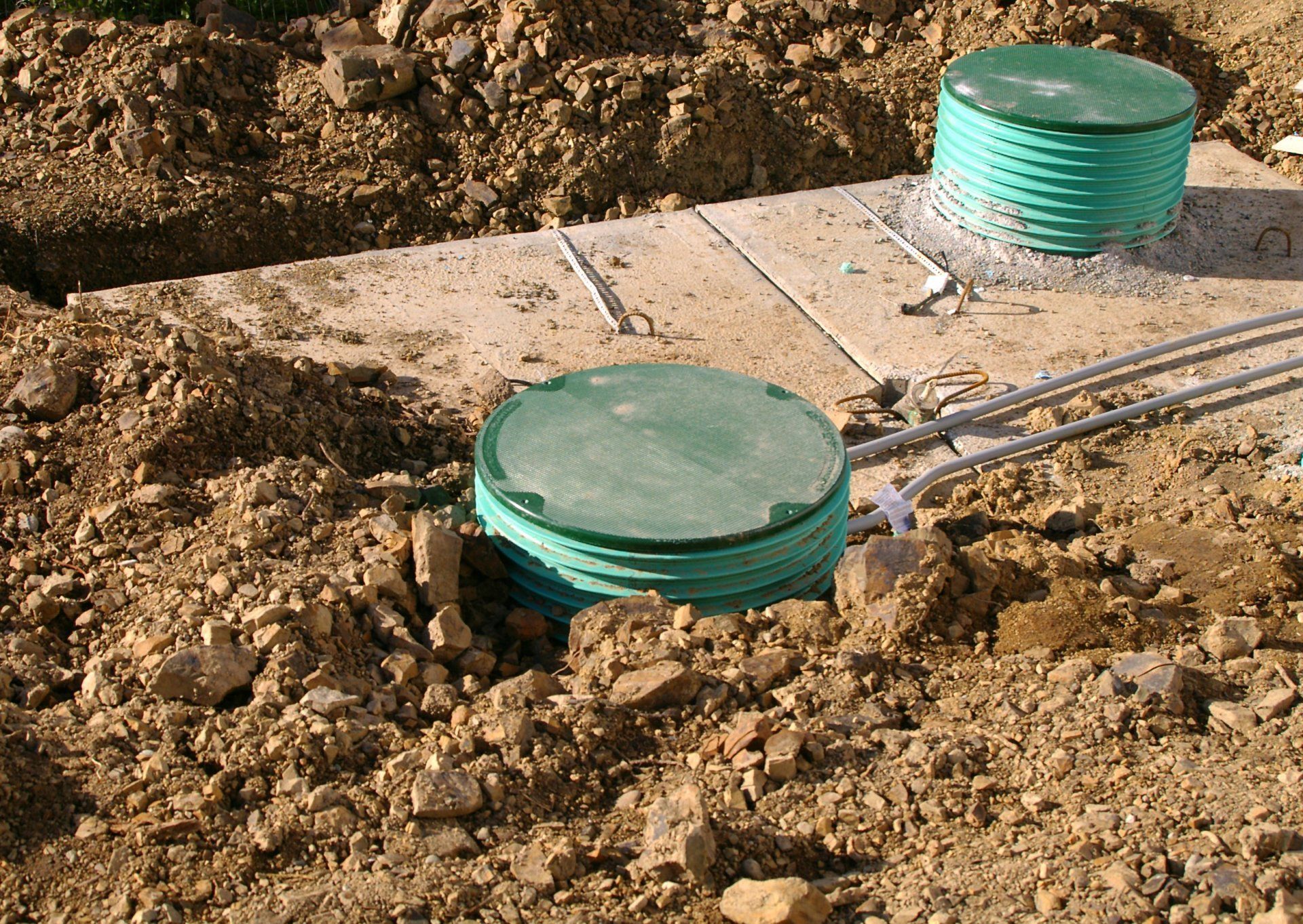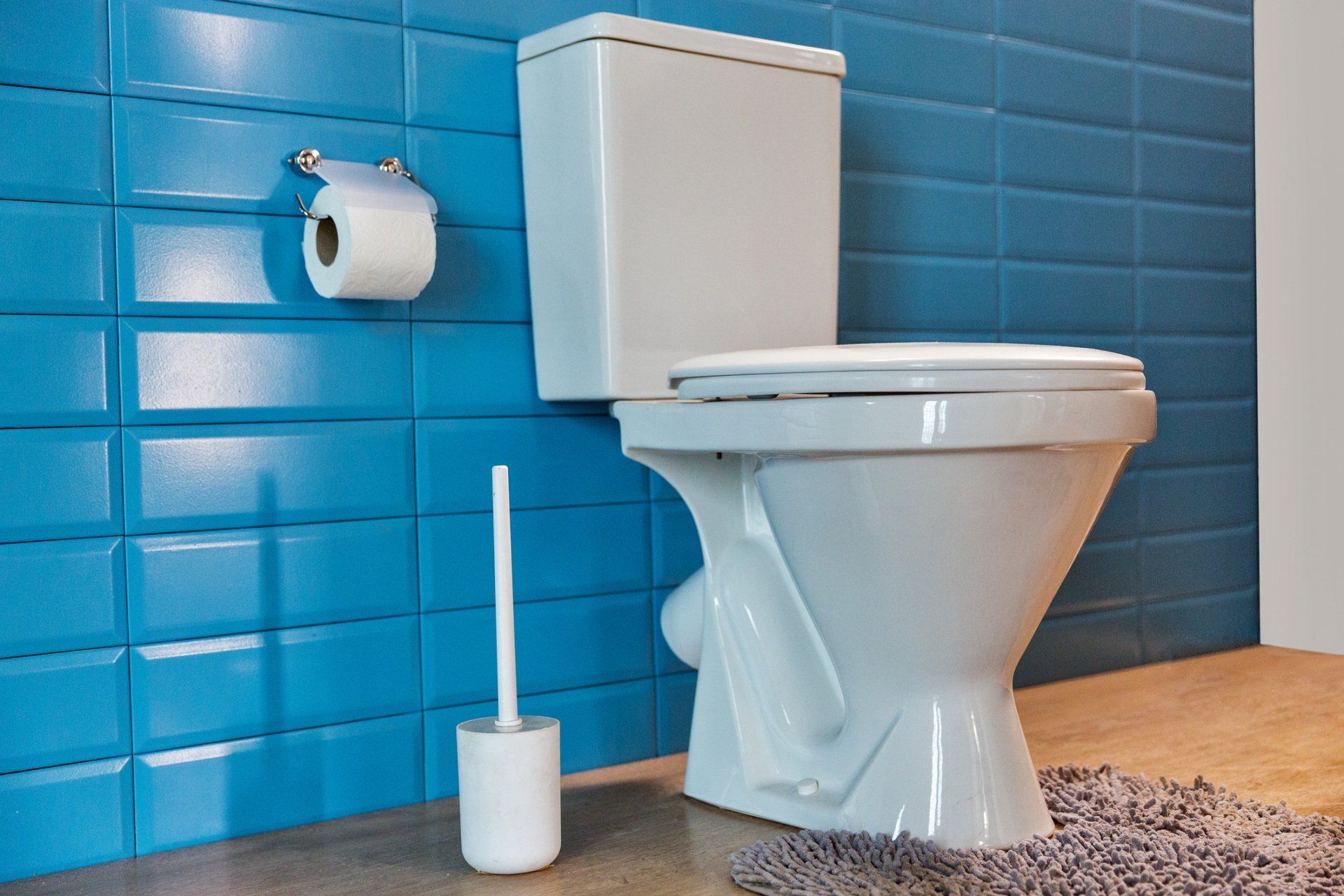Blog Layout
3 Problems That Can Plague Your Kitchen Sink
August 21, 2018
The kitchen is often thought of as the heart of a home, and the sink is the heart of the kitchen. You use your kitchen sink regularly for washing fruits and vegetables, rinsing dishes, and accessing fresh water for drinking and food preparation.
The kitchen is often thought of as the heart of a home, and the sink is the heart of the kitchen. You use your kitchen sink regularly for washing fruits and vegetables, rinsing dishes, and accessing fresh water for drinking and food preparation.
Because the sink is the workhorse of the kitchen, know how to spot potential problems with your sink's performance. Be vigilant in identifying and addressing problems that can plague your kitchen sink.
1. Leaks
The continual dripping of a kitchen faucet can be easy to ignore, but failing to address this common problem could have disastrous consequences. A malfunctioning kitchen sink could contribute to water leaks. These leaks drive up your utility costs and can lead to mold, mildew, and flooding that will damage the cabinets and flooring in your kitchen.
A kitchen sink might suddenly begin to leak for several reasons. Identifying where the water is coming from will help you narrow down the source of the leak.
If you spot water pooling beneath your kitchen sink inside the lower cabinet, faulty plumbing is likely to blame. Fittings can come loose, pipes can deteriorate, and rubber gaskets can crack. When the plumbing connected to your sink's faucet sustains damage, water will begin to leak out of the delivery pipe before it reaches the faucet. An experienced plumber will be able to replace any damaged components to eliminate costly in-cabinet leaks.
If the water leaking from your faucet drips from the faucet head or is pooling near the base of the fixture, your faucet is likely to blame. A faucet can become cracked or loose with extensive use. Damage to a faucet will create fissures where water can escape the contained pipes and valves within the faucet. Replacing the damaged fixture with a new one will eliminate leaks and update the look of your kitchen.
2. Low Water Pressure
Strong water pressure can make a kitchen sink more useful. The powerful spray of water generated by your sink helps you effectively remove dirt and debris from your hands, pots and pans, and food items. A sudden drop in the pressure of the water produced by your faucet is cause for concern.
The simplest cause of water pressure problems in a kitchen sink is an aerator that has become clogged with mineral deposits. You can remove the aerator and soak it in a solution of baking soda and vinegar to eliminate the mineral deposits restricting water flow.
Low water pressure can also be caused by a leaking water main. The water line running from your home to the street can be damaged by tree roots, clogs, or the crushing pressure or heavy objects above.
When the water main is damaged, you will experience a reduction in the amount of water that makes it from your municipal water supply to your faucet. This results in a drop in water pressure. If soaking your faucet's aerator doesn't solve your pressure problems, contact an experienced plumber to perform a camera inspection of your main water line.
3. Clogs
Kitchen sinks are susceptible to clogs because they handle a lot of food waste. Grease, fats, and oils left behind on dishware can congeal along the interior surface of your sink's drain pipes. Over time, this residue becomes so thick that it restricts the flow of water through your drain.
Avoid using a chemical drain cleaner to try and clear clogs from your kitchen sink. These over-the-counter products might produce short-term results, but they can cause your pipes to deteriorate.
Schedule regular hydro jetting sessions to remove buildup inside your pipes to prevent clogs from forming in your kitchen sink's drain.
Contact
Roto-Rooter Plumbers to learn more about caring for your kitchen sink.
Hours Of Operation
- Mon - Sat
- -
- Sunday
- Closed
Content, including images, displayed on this website is protected by copyright laws. Downloading, republication, retransmission or reproduction of content on this website is strictly prohibited. Terms of Use
| Privacy Policy

